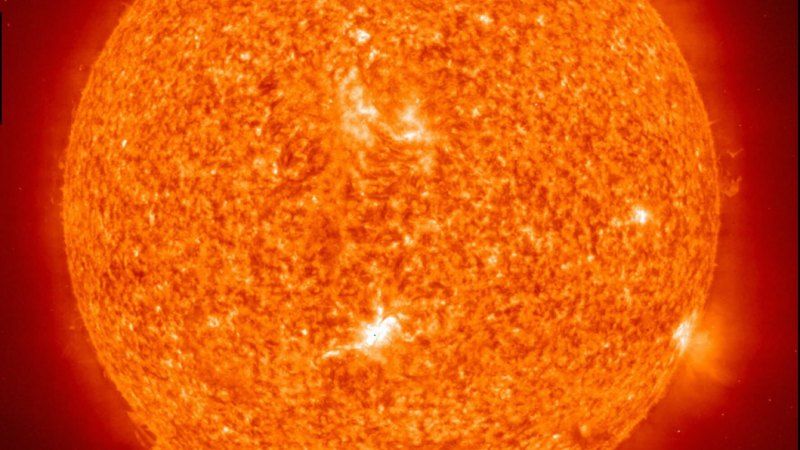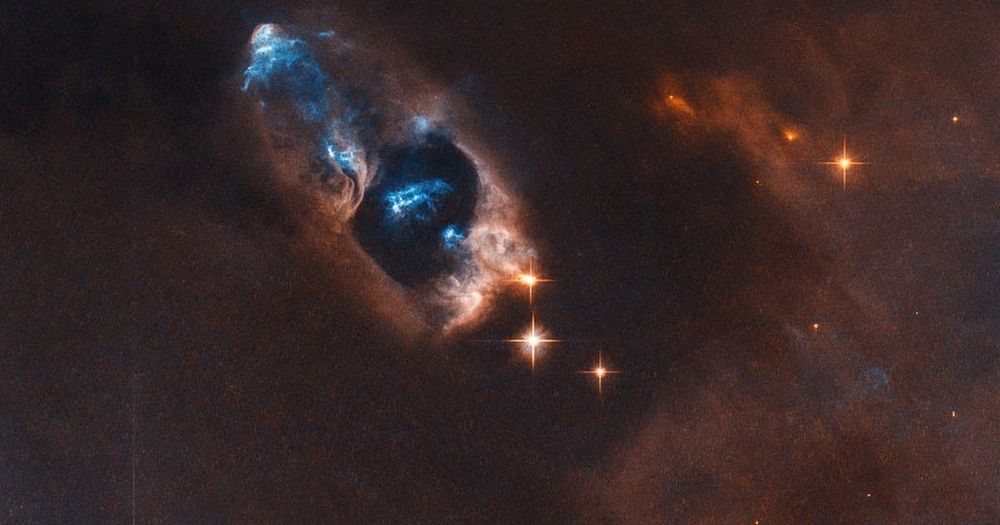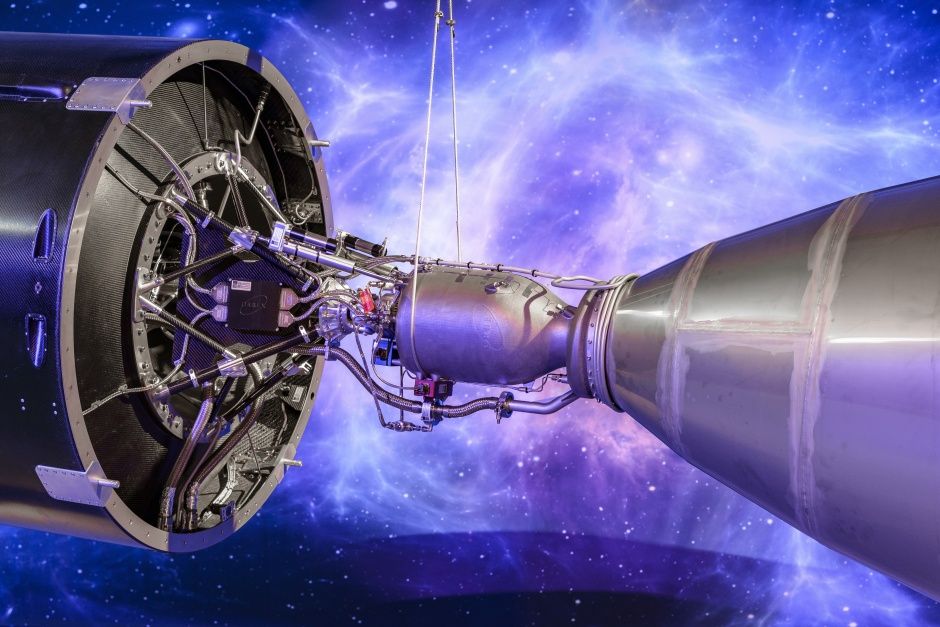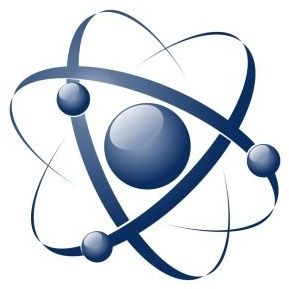Circa 2005
Until 1993 LEDs could only produce red, green and yellow light. But then Nichia Chemical of Japan figured out how to produce blue LEDs. By combining blue LEDs with red and green LEDs – or adding a yellow phosphor to blue LEDs – manufacturers were able create white light, which opened up a number of new applications. However, these LEDs tend to produce white light with a cool, bluish tinge.
The white-light quantum dots, by contrast, produce a smoother distribution of wavelengths in the visible spectrum with a slightly warmer, slightly more yellow tint, reports Michael Bowers, the graduate student who made the quantum dots and discovered their unusual property. As a result, the light produced by the quantum dots looks more nearly like the “full spectrum” reading lights now on the market which produce a light spectrum closer to that of sunlight than normal fluorescent tubes or light bulbs. Of course, quantum dots, like white LEDs, have the advantage of not giving off large amounts of invisible infrared radiation unlike the light bulb. This invisible radiation produces large amounts of heat and largely accounts for the light bulb’s low energy efficiency.
Image left: The crude hybrid white-light LED that Bowers made by mixing magic-sized quantum dots with Minwax and using the mixture to coat a blue LED. Photo by Daniel Dubois.







